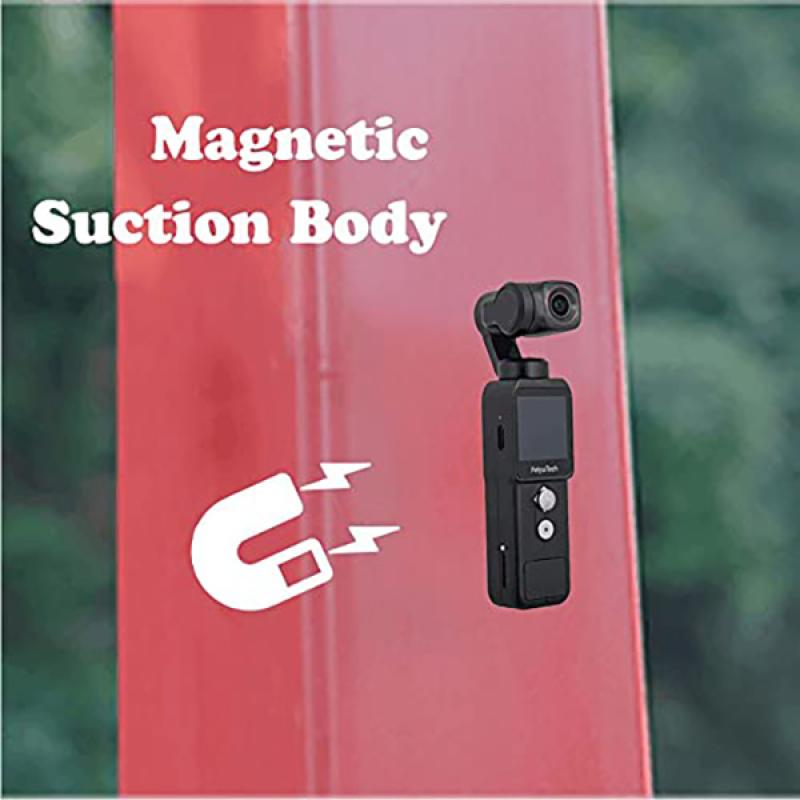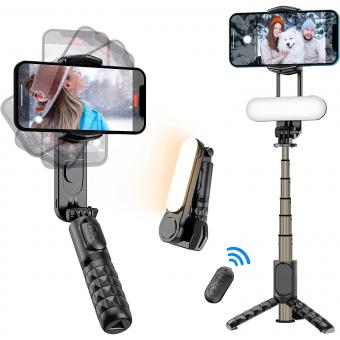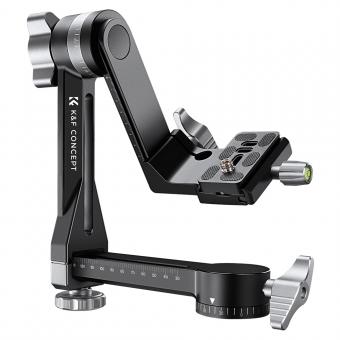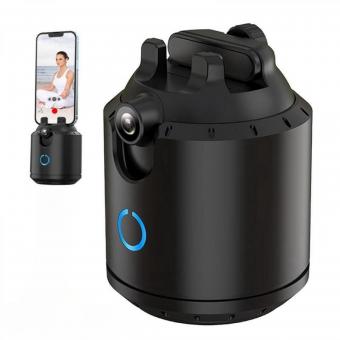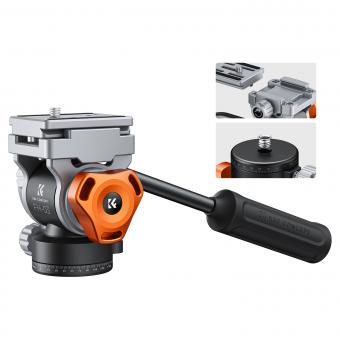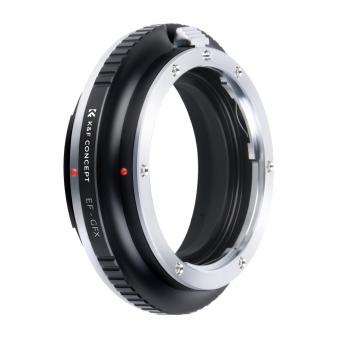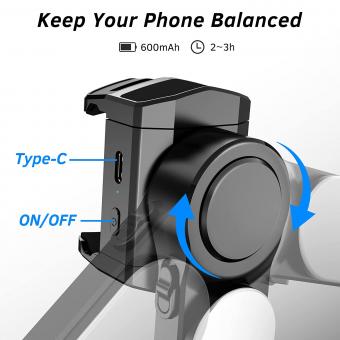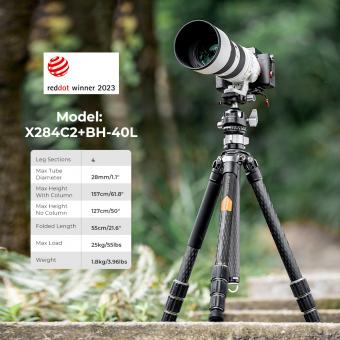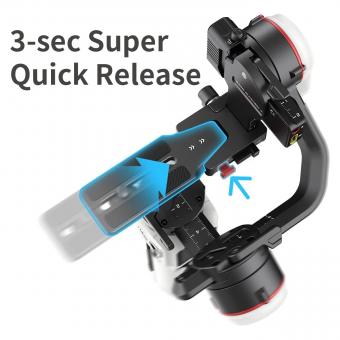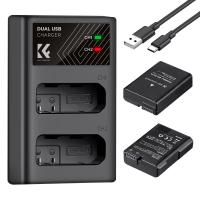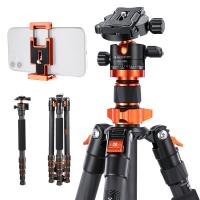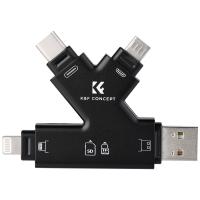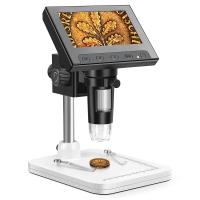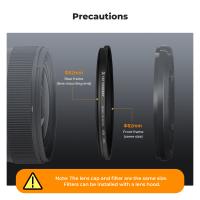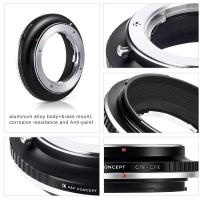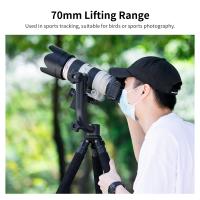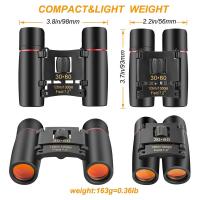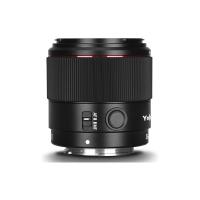How To Choose A Gimbal ?
When choosing a gimbal, there are several factors to consider. First, consider the weight and size of your camera or smartphone, as gimbals have weight limits and come in different sizes. Next, consider the type of shooting you will be doing, as some gimbals are better suited for certain types of shots, such as tracking or panning. Additionally, consider the battery life and charging time of the gimbal, as well as any additional features such as remote control or smartphone app compatibility. Finally, consider your budget, as gimbals can range from affordable to quite expensive depending on the brand and features.
1、 Compatibility with camera and lens
How to choose a gimbal? One of the most important factors to consider is compatibility with your camera and lens. Not all gimbals are created equal, and some may not be able to support the weight or size of your camera and lens combination. It's important to check the weight capacity and maximum payload of the gimbal before making a purchase.
Additionally, you'll want to ensure that the gimbal is compatible with the specific camera and lens you plan to use. Some gimbals may only work with certain brands or models of cameras, so it's important to do your research and check the manufacturer's specifications before making a purchase.
Another important consideration is the type of shooting you plan to do. If you're primarily shooting video, you may want a gimbal with a longer battery life and more advanced stabilization features. If you're shooting still photos, you may want a gimbal with more precise control over the camera's movements.
Finally, it's worth considering the latest developments in gimbal technology. Some of the latest gimbals on the market offer features like object tracking, which can automatically follow a subject as they move through the frame. Others offer advanced control options, such as the ability to adjust the gimbal's settings remotely using a smartphone app.
In summary, when choosing a gimbal, it's important to consider compatibility with your camera and lens, as well as the type of shooting you plan to do and the latest developments in gimbal technology.
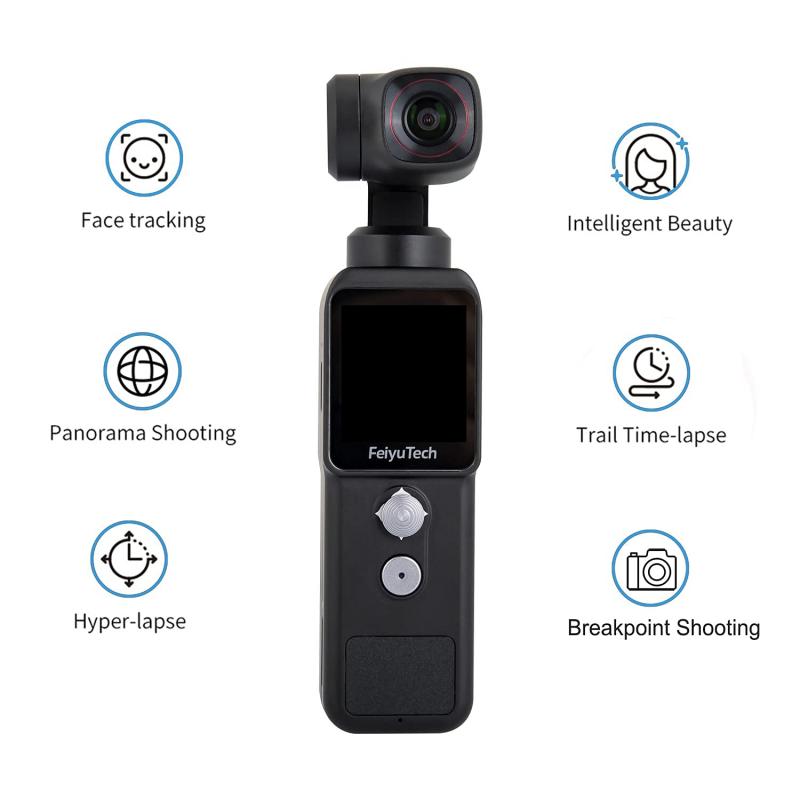
2、 Payload capacity
How to choose a gimbal? One of the most important factors to consider is the payload capacity. This refers to the weight that the gimbal can support, including the camera and any additional accessories. It is crucial to choose a gimbal with a payload capacity that can handle the weight of your camera and any other equipment you plan to use.
The latest point of view is that the payload capacity should not only be considered in terms of weight but also in terms of balance. A gimbal that can support a heavy camera but is not well-balanced can result in shaky footage and make it difficult to control the gimbal. Therefore, it is important to choose a gimbal that can support the weight of your camera and accessories while also maintaining balance.
Another factor to consider when choosing a gimbal is the type of camera you will be using. Different cameras have different sizes and shapes, and some gimbals are designed to work better with certain types of cameras. It is important to choose a gimbal that is compatible with your camera to ensure optimal performance.
In addition to payload capacity and camera compatibility, other factors to consider when choosing a gimbal include battery life, ease of use, and additional features such as follow focus and remote control. By considering all of these factors, you can choose a gimbal that meets your needs and helps you capture smooth, stable footage.
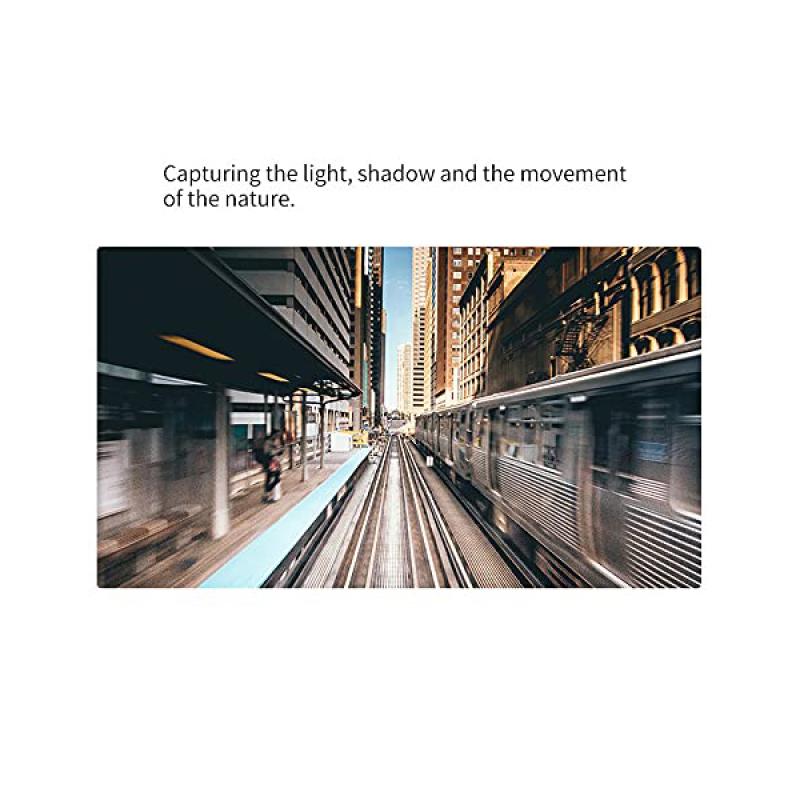
3、 Stabilization technology
How to choose a gimbal? One of the most important factors to consider is the stabilization technology used in the gimbal. The main purpose of a gimbal is to stabilize your camera or smartphone while you are moving, so that you can capture smooth and steady footage. There are several types of stabilization technology used in gimbals, including mechanical, electronic, and hybrid.
Mechanical stabilization technology uses physical mechanisms, such as springs and counterweights, to stabilize the camera. This type of technology is often found in older gimbals and can be less effective than newer electronic or hybrid gimbals.
Electronic stabilization technology uses sensors and motors to detect and counteract camera movement. This type of technology is more advanced than mechanical stabilization and can provide smoother and more precise stabilization.
Hybrid stabilization technology combines both mechanical and electronic stabilization to provide the best of both worlds. This type of technology is becoming increasingly popular in gimbals and can provide the most effective stabilization.
When choosing a gimbal, it is important to consider the type of camera or smartphone you will be using, as well as the type of footage you want to capture. Some gimbals are designed specifically for certain types of cameras or smartphones, while others are more versatile. Additionally, some gimbals may offer additional features such as follow focus or remote control capabilities.
In conclusion, when choosing a gimbal, it is important to consider the stabilization technology used, as well as the specific needs of your camera or smartphone and the type of footage you want to capture. The latest point of view is that hybrid stabilization technology is becoming increasingly popular and can provide the most effective stabilization.
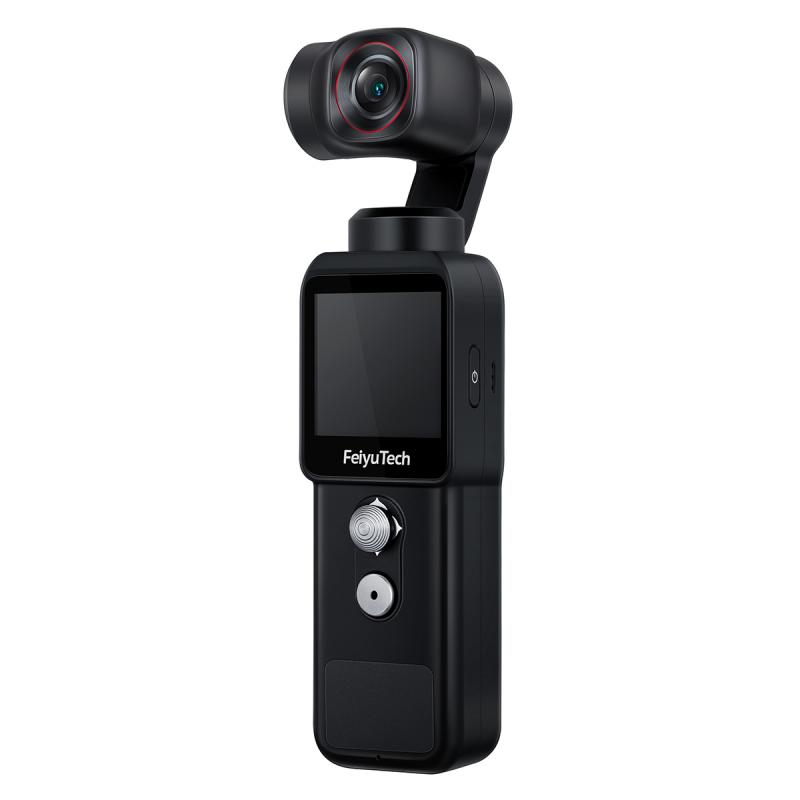
4、 Battery life and charging options
How to choose a gimbal? One of the most important factors to consider is battery life and charging options. A gimbal with a short battery life can be frustrating, especially if you're shooting for an extended period. Therefore, it's essential to choose a gimbal with a long battery life that can last for several hours.
When it comes to charging options, it's best to choose a gimbal that can be charged via USB. This is because USB charging is convenient and allows you to charge your gimbal using a power bank or laptop. Additionally, some gimbals come with removable batteries, which can be swapped out for fully charged ones, allowing you to continue shooting without interruption.
It's also worth considering the charging time of the gimbal. Some gimbals can take several hours to charge fully, while others can be charged in just a few hours. If you're on a tight schedule, it's best to choose a gimbal that can be charged quickly.
In recent years, some gimbals have introduced wireless charging options, which can be convenient for those who don't want to deal with cables. However, wireless charging can be slower than traditional charging methods, so it's essential to weigh the pros and cons before making a decision.
In conclusion, when choosing a gimbal, it's crucial to consider battery life and charging options. A gimbal with a long battery life and convenient charging options can make your shooting experience more enjoyable and productive.
